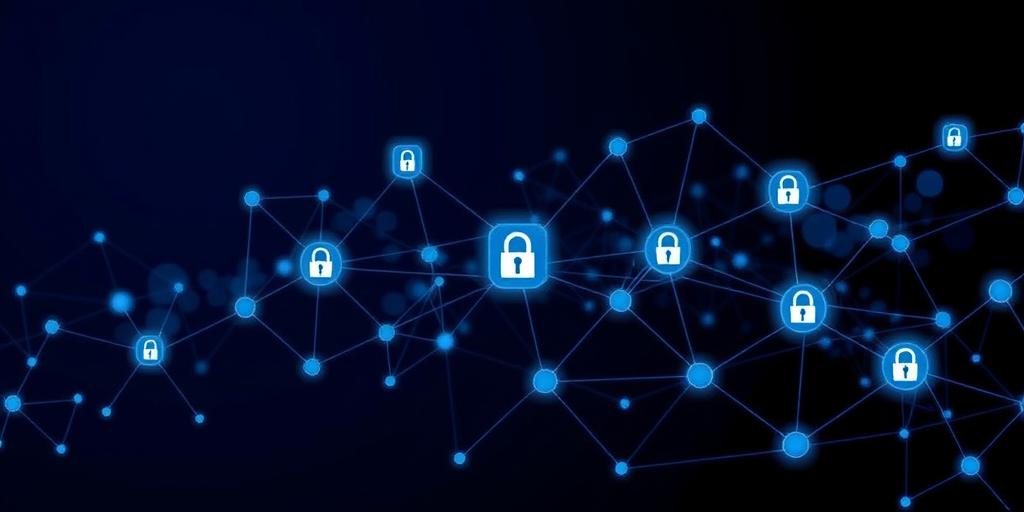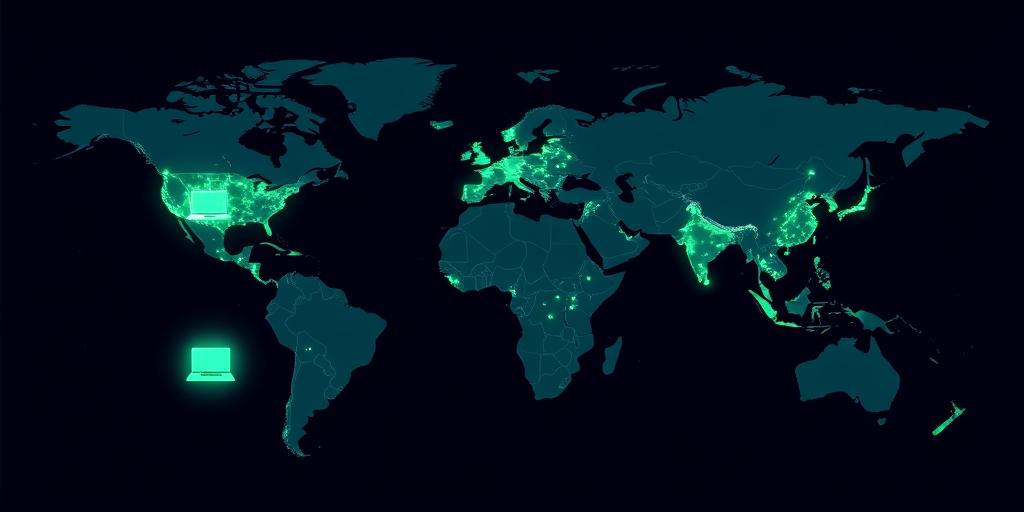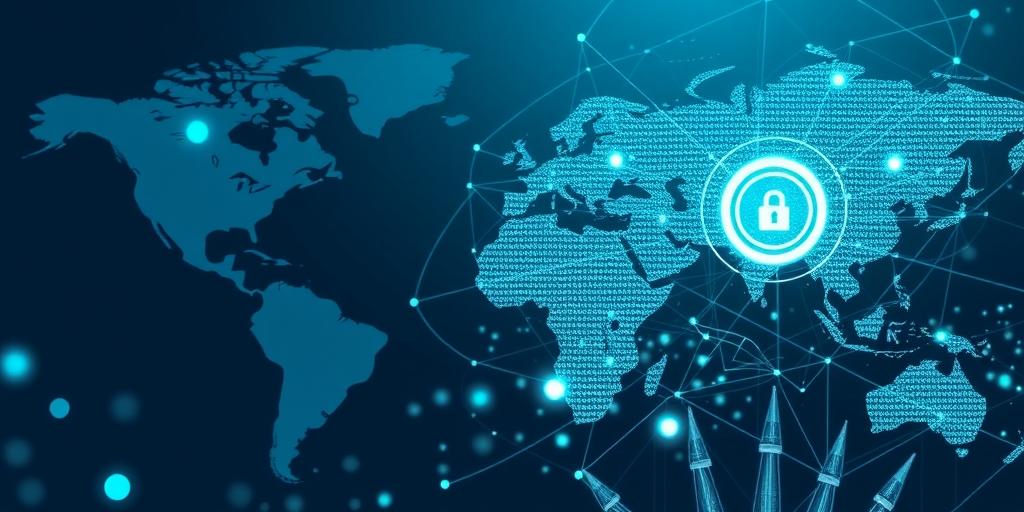Cybersecurity Policy Essential Frameworks
Explore essential cybersecurity policy frameworks such as NIST CSF, ISO 27001, and CIS Controls to protect your organization's data and systems.

Cybersecurity Policy Essential Frameworks
Cybersecurity Policy: Essential Frameworks
In today's interconnected world, cybersecurity is no longer an option—it's a necessity. Organizations of all sizes must establish robust cybersecurity policies to protect their sensitive data and systems from ever-evolving threats. A well-defined cybersecurity policy provides a roadmap for employees and stakeholders, outlining the organization's approach to risk management, data protection, and incident response.
This blog post will explore essential frameworks that can help organizations develop and implement effective cybersecurity policies.
1. NIST Cybersecurity Framework (CSF)
The National Institute of Standards and Technology (NIST) Cybersecurity Framework (CSF) is a widely recognized and highly regarded framework for improving cybersecurity risk management. The CSF provides a structured approach to assessing and managing cybersecurity risks, offering a common language and a set of best practices that organizations can adapt to their specific needs.
The NIST CSF is built around five core functions:
- Identify: Develop an understanding of the organization's cybersecurity risks and assets.
- Protect: Implement safeguards to protect critical assets and data.
- Detect: Establish mechanisms to detect cybersecurity incidents.
- Respond: Develop and execute a plan to respond to detected incidents.
- Recover: Restore systems and data after a cybersecurity incident.
2. ISO 27001
ISO 27001 is an internationally recognized standard for information security management systems (ISMS). It provides a comprehensive set of requirements for establishing, implementing, maintaining, and continually improving an ISMS. Achieving ISO 27001 certification demonstrates an organization's commitment to protecting sensitive information and maintaining a robust security posture.
The ISO 27001 standard covers a wide range of security controls, including:
- Risk assessment and management
- Security policies and procedures
- Access control
- Data protection
- Incident management
- Business continuity
3. CIS Controls
The CIS Controls, formerly known as the SANS Top 20 Critical Security Controls, are a prioritized set of actions that organizations can take to improve their cybersecurity posture. The CIS Controls are based on real-world threat data and are designed to be effective against the most common types of attacks.
The CIS Controls are divided into three categories:
- Basic: Essential security controls that all organizations should implement.
- Foundational: Important security controls that build upon the Basic controls.
- Organizational: Advanced security controls that are tailored to the organization's specific needs.
4. COBIT
COBIT (Control Objectives for Information and Related Technologies) is a framework for IT governance and management. It provides a structured approach to aligning IT with business goals, managing IT risks, and ensuring that IT resources are used effectively.
COBIT can be used to develop and implement cybersecurity policies by providing a framework for:
- Defining roles and responsibilities
- Establishing security objectives
- Measuring security performance
- Ensuring compliance with regulations
Conclusion
Developing and implementing a comprehensive cybersecurity policy is essential for protecting an organization's sensitive data and systems. By leveraging established frameworks such as NIST CSF, ISO 27001, CIS Controls, and COBIT, organizations can create a robust security posture that mitigates risks and ensures business continuity. Regularly reviewing and updating the cybersecurity policy is crucial to adapt to the ever-changing threat landscape and maintain effective protection.






